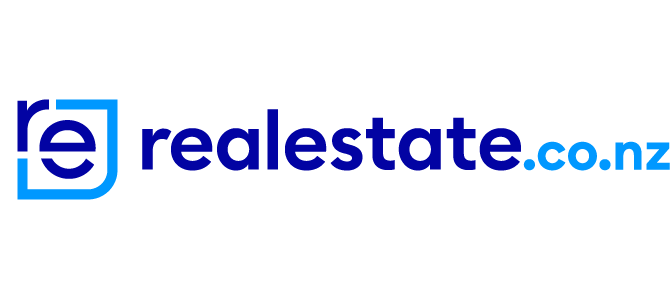Over half of web users are at least somewhat likely to click on a relevant, effective display ad when browsing online, according to Mediative. However, clicks are only half of the battle.
To build a successful display advertising campaign, your customers' entire journey must be considered - from the design and placement of your ads through to the layout, language and features of your landing page. In this article, we'll hone in on what makes an impactful landing page to help you drive conversions after the clicks.
Reconciling campaign objectives and the user journey
The most important part of designing a landing page comes down to follow-through.
When designing display banners, your goal is to catch the eye of potential customers. Your imagery should be attractive and engaging, while the offer or product in the ad needs to be compelling enough to inspire a click.
From this click, the user then expects to see the offer in your ad followed through. This is where it's important to reconcile the user's desires with yours.

First consider the goal of your campaign - are you promoting a sale to drive users to your website and purchase sale items? Or are you inviting users to experience a free demo of your product or service? Whatever the campaign goal, it should be clearly advertised in your banners and then appropriately followed up in your landing page.
Once the user has clicked, they'll want to immediately see what they were expecting to find. If successful, they might read a headline, a sentence or two, and be ready to complete a lead form or start adding items to their cart. Your landing page is less about the "meat" and more about the "bones" - that is to say, structure and top-level messaging will have a greater impact than the nuance of your prose.
To simplify this down to a few basic rules, remember:
- Your campaign offer must be reflected in your landing page design.
- The offer, your branding and the next intended user action (conversion button or lead capture form) must be front and centre on the landing page.
- Concise headline, subheadings and call to action (CTA) are worth more of your time than smaller copy.

Optimising your landing pages for better conversions
Beyond the layout and language, there are analytic and user experience measures you can take to improve the performance of your landing pages. These three steps can take your landing page further:
1. Nail your landing pages with A/B testing
A/B testing is the process of running two variant landing pages with one key element changed between each page. For example, you might A/B test the headline copy by having two pages with slightly different headlines. Measuring the bounce rate, time on page and user actions of both pages lets you see which variant is more successful so you can better understand your audience and run more effective campaigns.
2. Don't ask too much in your forms
Remember that your customers' time and personal information are precious. When asking users to complete a lead form, be careful not to ask too much. By asking for only the bare minimum information from your leads, you remove barriers to conversion and improve the user experience. As a result, you're likely to enjoy more conversions and happier customers.

3. Create adaptive webpages
As of 2019, an estimated 63.4% of users access the internet from their mobile phone, according to Statista. This is driving the "mobile first" mindset in digital marketing and search optimisation, and should also impact your landing page optimisation.
Google's own statistics show that 53% of mobile users leave a page that takes longer than three seconds to load. Therefore, it's important to design landing pages that are quick to load and automatically adapt to the user's device.
By designing landing pages with your users' preferences front-of-mind, you can achieve more valuable results from your display ad campaigns. To connect with an advertising platform that promotes positive user journeys, reach out to the realestate.co.nz media team today.
10 Jun 2019

